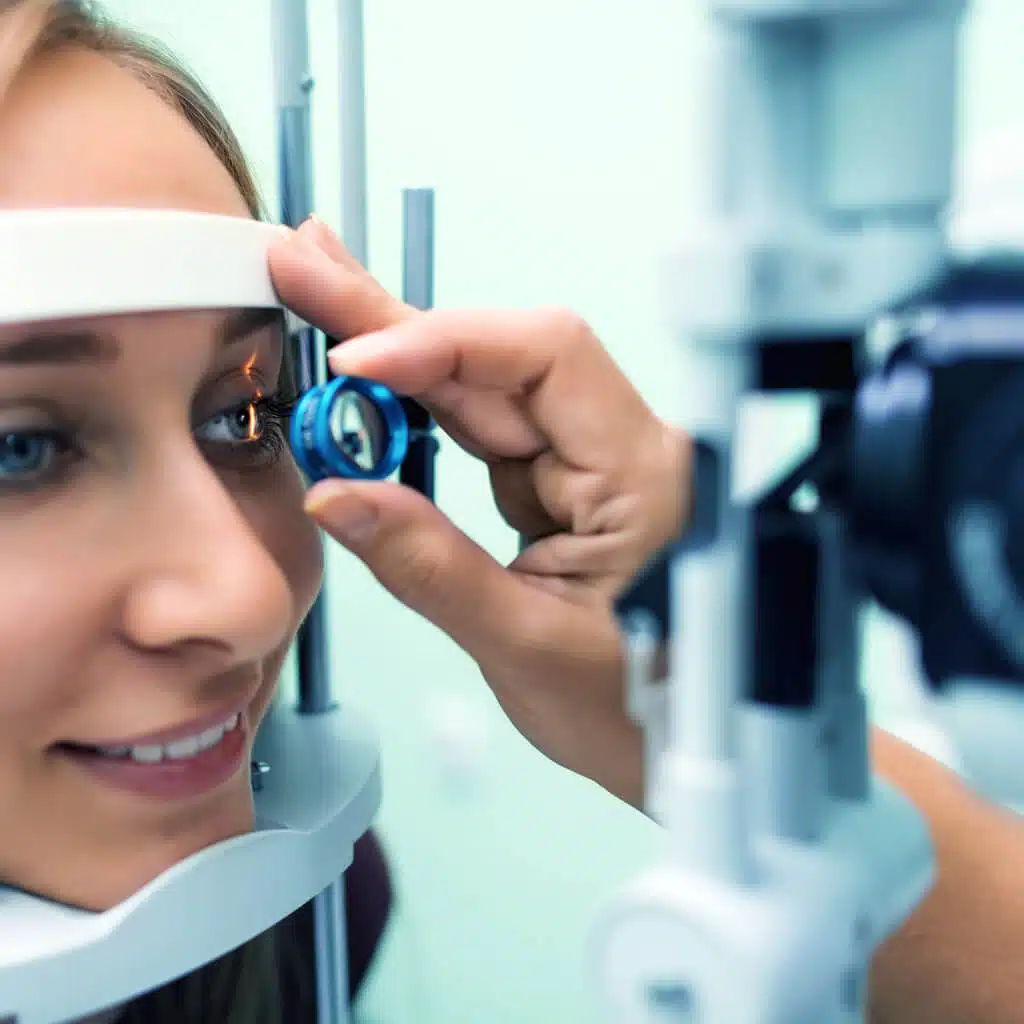
In this day and age, it is nearly impossible to stay away from digital screens, whether it’s for work, study, navigation, or leisure and entertainment. According to statistics, Americans spend seven hours staring at a screen every day, which can be detrimental to eye health.
With increasing digitization of our lives, and the spread of remote work, it’s now more important than ever to be aware of the impact digital screens can have on eyesight. It is not necessary to avoid digital screens completely, but you should maintain a balance. This can be achieved by making changes to daily screen use.
How Do Digital Screens Affect Eye Health?
Digital screens, such as those in smartphones, tablets, laptops, and computers, emit blue light that can penetrate deep into the eyes. While blue light has not been proven to contribute to the development of eye disease, it can interfere with the natural rhythm of your sleep and wake cycle, disrupting sleep patterns.
Staring too long at digital screens is harmful primarily because it can cause you to blink less, leading to eye strain and discomfort.
Signs and Symptoms Your Eyes are Suffering from Overuse of Digital Devices
Digital eye strain, also known as computer vision syndrome, encompasses a range of symptoms experienced by individuals who frequently use visual display units. Symptoms can be both ocular (eye-related) and non-ocular (non-eye-related) in nature.
Ocular symptoms may include:
- Eye redness
- Dry eyes
- Tearing
- Eye fatigue
- Blurred vision
- Burning sensation
- Blurred or double vision
- Sensitivity to light
- Reduced contrast sensitivity
- Trouble focusing on distant objects
Non-ocular symptoms associated with heavy use of digital devices include headaches, neck and back pain, sleep issues, mental health issues, a sedentary lifestyle, and obesity.
Tips to Maintain Eye Health While Using Digital Screens
Here are some simple but effective tips you can follow to manage your screen time and protect your eyes from strain and discomfort:
- Take regular breaks: Every 20 minutes, look away from your screen and focus on something that’s at least 20 feet away for at least 20 seconds. This is called the 20-20-20 rule and can help reduce eye strain and fatigue.
- Adjust your screen: Make sure your screen is at a comfortable distance (about arm’s length) and at a certain angle (slightly below eye level). Adjust the brightness and contrast of your screen to avoid glare and strain.
- Use lubricating eye drops: Use artificial tears on the advice of your eye doctor to increase lubrication and prevent dry eyes.
- Blink often: When we look at digital screens, we tend to blink less often, which can cause dryness and irritation. Make a conscious effort to blink regularly when looking at a screen. Humans typically blink 15 times per minute.
- Wear eyeglasses: If you spend a lot of time on digital screens, consider wearing eyeglasses instead of contact lenses, since the latter can cause eye dryness.
- Limit recreational screen time: While computer use for most occupations cannot be avoided, try to limit the time you spend looking at a screen for periods of downtime or recreation. In addition, try to avoid looking at a screen for an hour before bedtime.
If eye symptoms persist, consult an eye specialist who can assess your eyes and vision and recommend the right treatment.
Top Eye Doctors in Washington, Missouri
The team of highly skilled eye specialists at Advanced Sight Center provide comprehensive vision care for our patients. Symptoms may indicate eye conditions such as cataracts, diabetic retinopathy, macular degeneration, or glaucoma, which our board-certified ophthalmologists specialize in treating.
To schedule an appointment with an eye doctor at Advanced Sight Center, call our office today at (636) 239-1650 or use our convenient online request form. We look forward to helping make a big difference in your life through high-quality eye and vision care.



